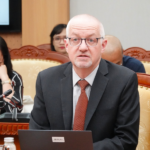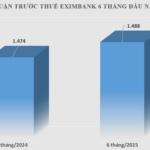Here is a recap of the August 2 episode of the TV show “Trên Ghế” (On the Chair), which aired on HTV9.

The August 2 episode of “Trên Ghế” featured journalist Nguyễn Thúc Hoàng Linh, who shared his thoughts on the audience’s comments regarding the July 17 episode, titled “Banning Gasoline Motorcycles Doesn’t Mean Forcing People to Switch to Electric Ones.”
Comment 1: With this ban, gasoline motorcycles will become cheaper, and electric motorcycles will become more expensive. In the long run, gasoline motorcycles will be more advantageous, and electric ones will continue to rise in price. In summary, consumers will be at a disadvantage. What are your thoughts on this viewpoint?
I believe that the transition will inevitably incur costs. The prices of gasoline and electric motorcycles are subject to supply and demand dynamics. Regulatory authorities will need to take responsibility for managing this to ensure that the market and society do not experience a shock from the “gasoline ban.”
While it is true that gasoline motorcycles may become cheaper and electric ones more expensive immediately after the Directive 20 is issued, as people rush to purchase electric vehicles, this trend will not persist in the long term. Once the state intervenes and manufacturers can optimize their supply chains to guarantee production, the price gap between gasoline and electric motorcycles will narrow.
Additionally, it is worth noting that electric motorcycles are a relatively new technology. As a result, the current production costs are relatively high due to non-optimized technology and supply chains. In contrast, gasoline motorcycles are highly optimized for production in Vietnam, allowing manufacturers to save significantly on costs. This situation may change in the future as electric vehicles become the primary mode of transportation, leading to a potential decrease in their selling price.

Regarding the plan to ban gasoline vehicles within the inner ring road, many people are wondering: Where will the existing gasoline vehicles go? What are your thoughts on this issue?
Assuming there is a strict ban, older gasoline vehicles will gradually be pushed out of emission-restricted areas. However, the effectiveness of this measure largely depends on how the government chooses to enforce the ban.
Secondly, the experiences of other countries teach us that a banned gasoline vehicle doesn’t necessarily mean it’s headed straight for the scrap heap. There are technologies to modify the drive system and recycling solutions. In fact, many major manufacturers that produce both gasoline and electric vehicles share a significant number of components between the two types. This provides a path to recycling gasoline vehicles.

Recently, the Vietnam Motorcycle Manufacturers Association (VAMM) stated that it would take 2-3 years to transition before this ban is implemented. What are your thoughts on this move?
I believe that VAMM’s statement about needing 2-3 years to prepare for the ban implies that they have already calculated a roadmap. Currently, two-fifths of VAMM’s members, Honda and Yamaha, are assembling electric vehicles in Vietnam.
Regarding the 2-3 year timeframe, I understand that the most critical factor is ensuring production capacity. Replacing millions of existing vehicles is an enormous challenge. For example, there are a significant number of motorcycles within the inner city, and it may take longer than 2-3 years to transition completely to electric, even if consumers are willing to make the switch.
Next, manufacturers need to optimize their supply chains and address environmental concerns. For instance, if they were to produce 2-3 million electric motorcycles immediately, sourcing the required number of components and batteries would be a complex task for these companies.
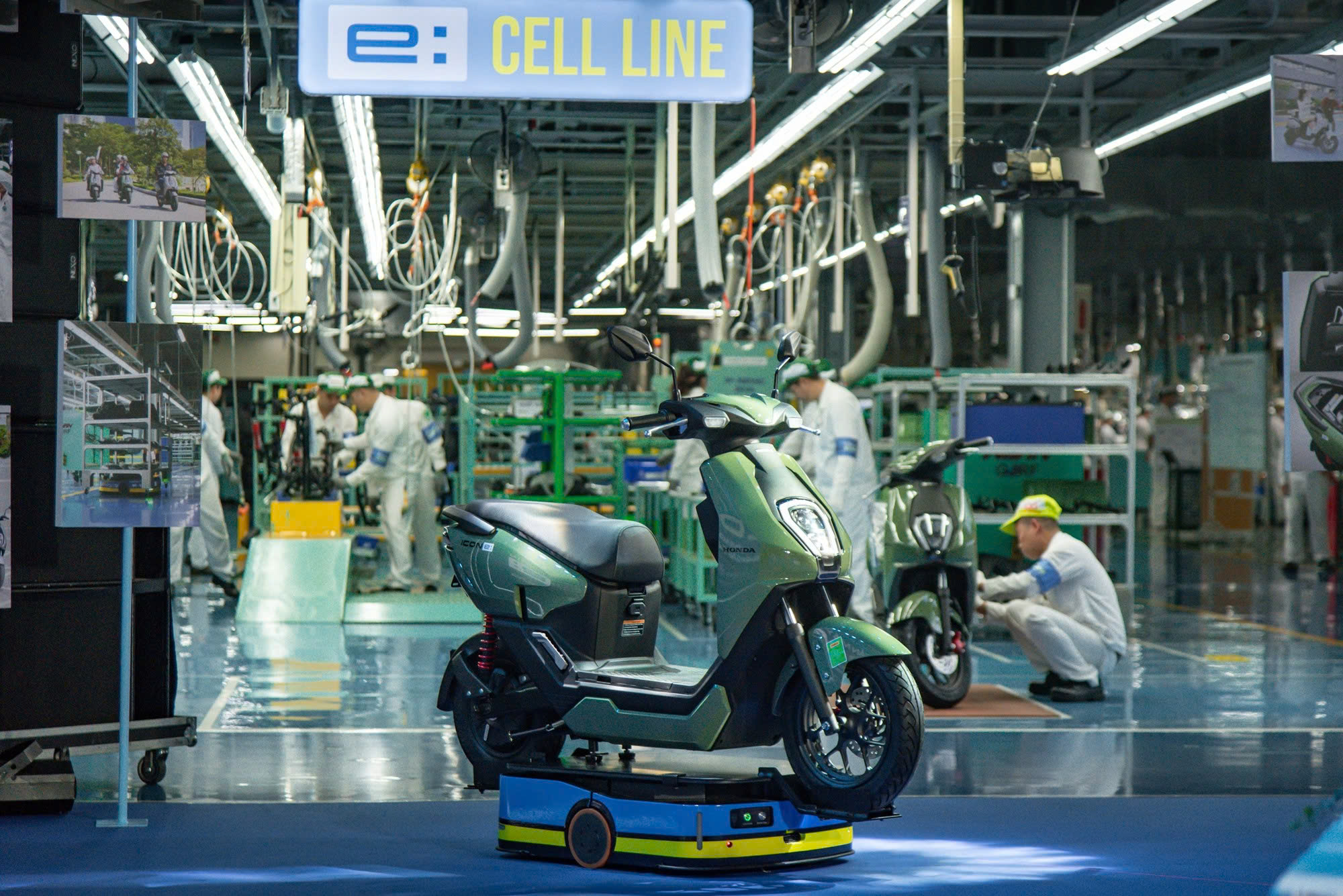
Honda ICON e: Assembled at Honda Vinh Phuc factory. Photo: Hoang Dung
Another crucial aspect is workforce training. While a worker may be highly skilled in assembling gasoline motorcycles, assembling electric ones is an entirely different story. Additionally, software and other categories are not easy to transition immediately. For example, Honda and Yamaha, which assemble motorcycles down to the smallest parts, including screws, in Vietnam, will require significant time and effort to switch to electric vehicles.
Comment 2: “Encouraging the use of electric vehicles is fine, but there must be clear regulations regarding fire insurance, especially with many cases of modified batteries. I live in an apartment building, and I am very concerned about life and property safety in the event of a fire involving an electric vehicle.” What are your thoughts on this?
This is a very valid concern from the audience.
Firstly, we have discussed vehicle safety extensively. The quality of the vehicle, battery, and electrical system are three critical factors that must be emphasized. Additionally, support and control mechanisms within each residential area are essential.
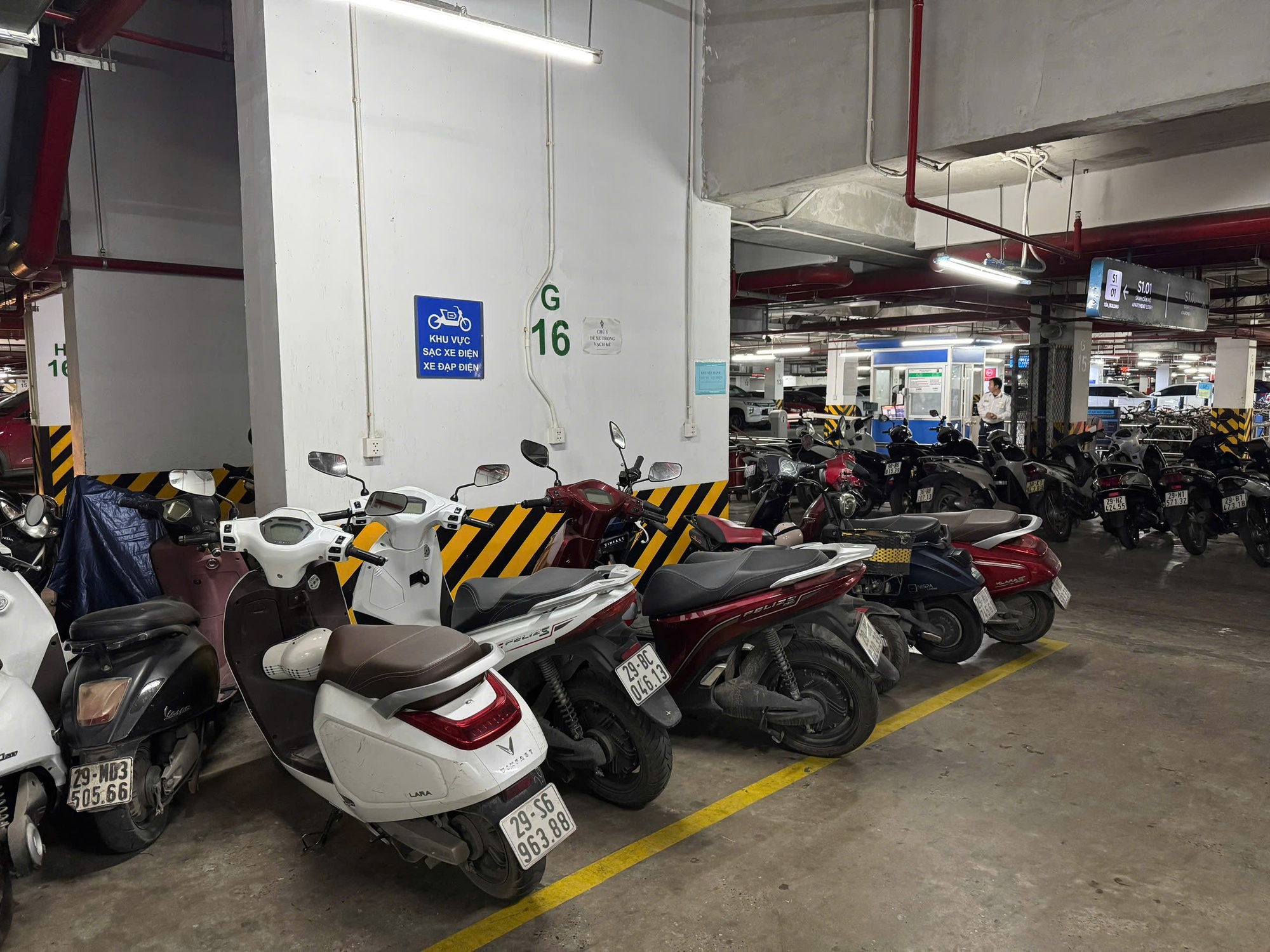
A basement parking lot in an apartment building with a dedicated area for electric vehicle charging.
Regarding modified batteries, it is true that there have been many fires and explosions involving gasoline motorcycles and automobiles due to modifications, especially to the electrical system. Battery modifications for electric motorcycles are not new in Vietnam. When the first generation of electric motorcycles had limited range and power, users often modified them to improve performance. Unfortunately, I am aware that there is currently no certified battery replacement unit in Vietnam. While they may use cells of good origin, the lack of technical skills and management or monitoring of the software system to ensure safety is concerning.
So, if many people want to modify or upgrade their electric vehicle’s battery, what would you say to them?
For those who want to modify the technical characteristics of their vehicles, I suggest they wait for two reasons.
Firstly, the electric vehicle market is still in its infancy, and there are not yet any good-quality components or accessories available. Looking back at the automotive market, the solutions for modifications a decade ago were rudimentary, but they have since evolved, with the availability of genuine parts and high-quality accessories.
Secondly, if there is a genuine market demand and consumers want vehicles with longer ranges, manufacturers will undoubtedly take the initiative and offer suitable products.
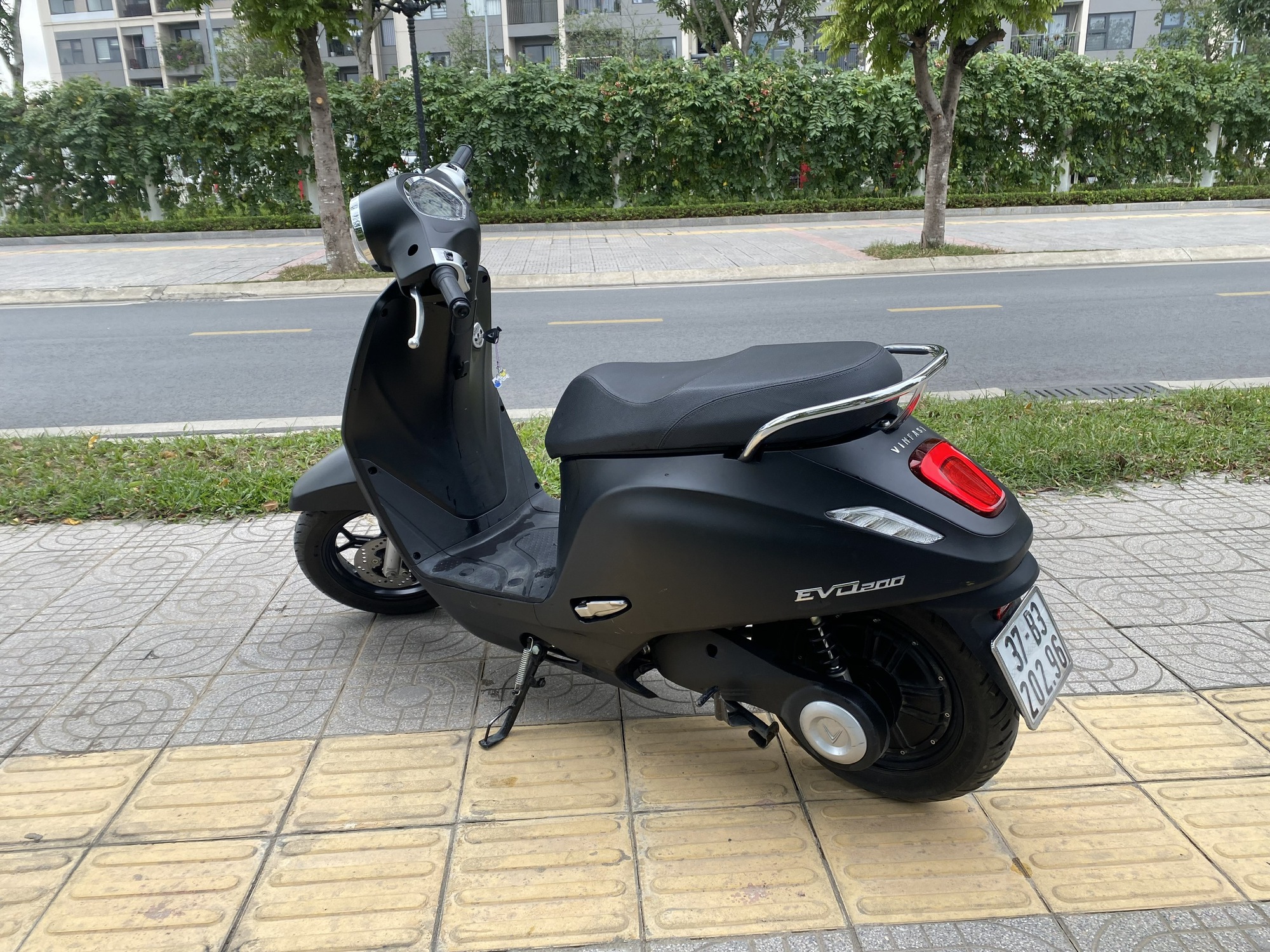
The VinFast Evo200 has a range of over 200km on a full battery.
What are your thoughts on fire insurance for electric vehicles?
Currently, insurance companies operate according to regulations and apply them to specific vehicle models. However, I believe that no insurance company will compensate for risks that arise from user interventions or situations outside the traditional scope of the insurance industry.
Comment 3: Electric vehicles should be encouraged, but not imposed.
I believe that the choice of transportation is generally a consumer’s right and a personal preference.
Currently, the government is focusing on reducing emissions, and electric vehicles are just one of the options. It may seem like electric vehicles are being imposed during this phase because we don’t have a more ideal choice. However, I think we should wait for 2-3 years to see the bigger picture in Hanoi, where we will likely have many more alternatives.
For example, the agency I work for has moved from a beautiful location by the lake to Ha Dong, a much farther location. However, almost half of the agency’s employees now choose to commute by train. The agency also provides support by purchasing train tickets for its employees. Very few people commute by motorcycle from home to the office, and most choose to use personal vehicles for short distances to the train station.
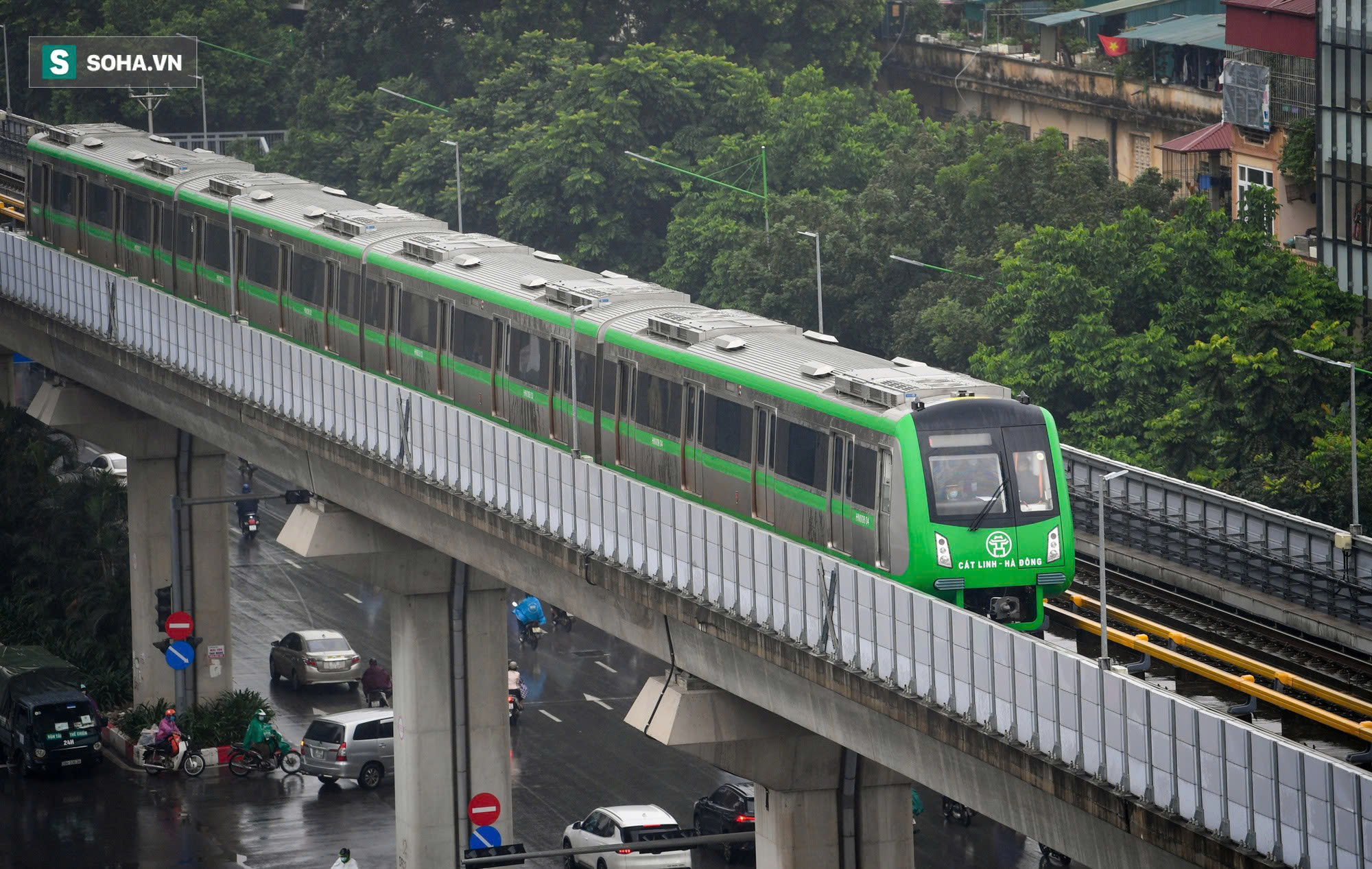
Cat Linh – Ha Dong train: An alternative when the directive to ban gasoline motorcycles takes effect. Photo: Soha
You previously stated, “Banning gasoline vehicles doesn’t mean forcing people to switch to electric ones.” Many people are curious about the alternatives. Can you elaborate on this for the audience?
Firstly, as I mentioned earlier, we have public transportation options. If not, we can use ride-hailing services. People can also optimize their routes to take advantage of bus lines or opt for bicycles.
While none of these solutions are perfect at the moment, focusing solely on the “electric or gasoline” debate will lead us into a “chicken and egg” situation.
Instead, let’s look at this positively and find alternatives for ourselves if we can’t use gasoline vehicles. Additionally, it’s not just about reducing emissions; banning private vehicles in the inner city has been a long-discussed plan. At this point, the priority is on public transportation rather than solely on electric or gasoline vehicles. So, if we look at it positively, the transition from gasoline to electric can be seen as a rehearsal.
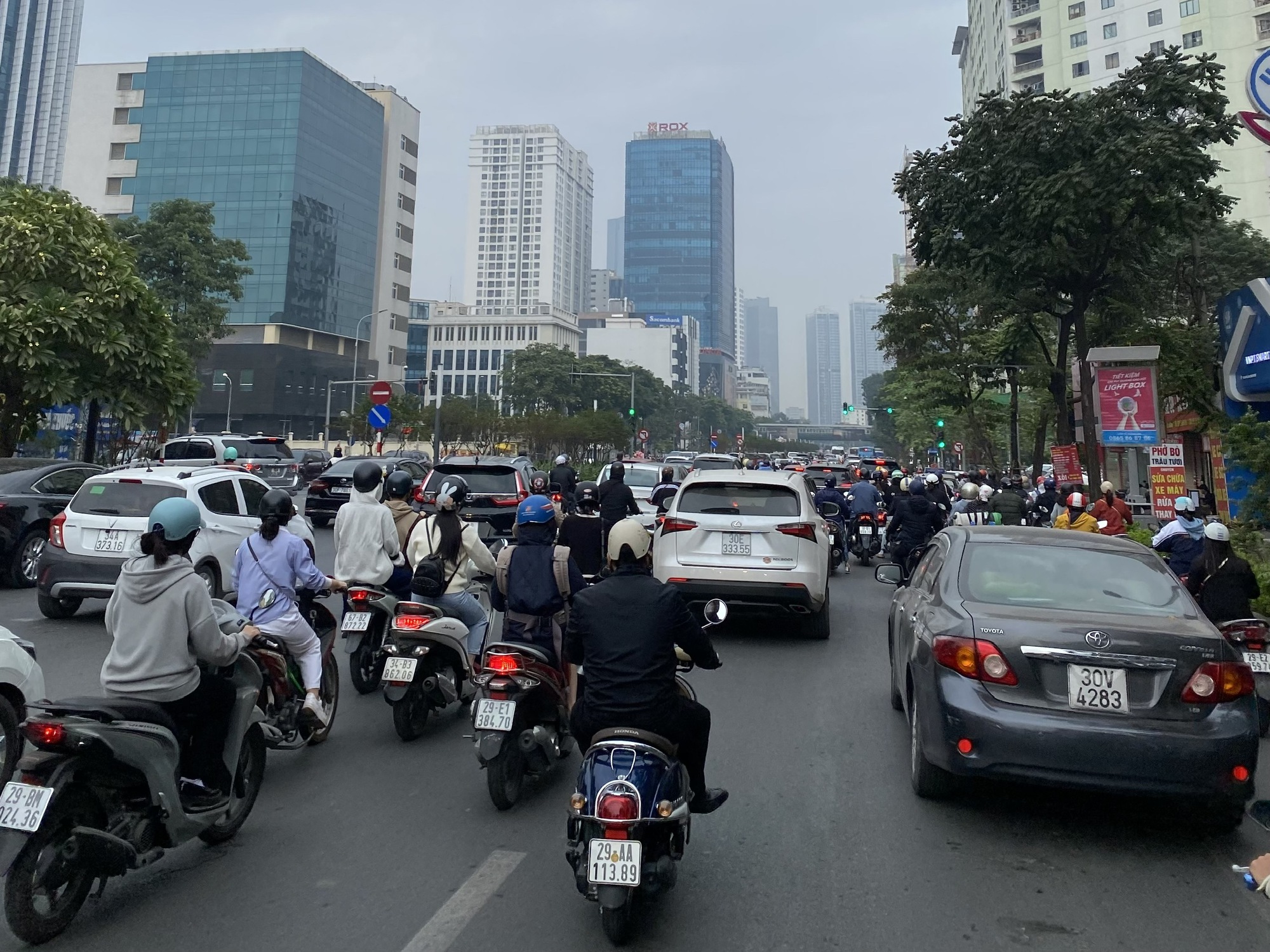
The roadmap to ban private vehicles in the inner city has been planned for a long time.
Comment 4: The statement that inspecting motorcycle emissions is costly and complicated is inaccurate because dealerships can do it, and users have to pay. What are your thoughts on this viewpoint?
This viewpoint has one very valid point: dealerships can inspect motorcycle emissions, and users will have to pay for it. However, there are still many problems with this approach.
For example, about ten years ago, I joined a delegation to study emission inspection systems abroad. At that time, they estimated that a closed-loop emission control system for a motorcycle sold in Vietnam would cost about 200 million VND. However, when I recently discussed this with some industry experts, the figures they quoted were much higher, reaching billions of VND.
If dealerships were required to invest such large sums of money to meet an undefined demand, it would be a significant challenge. Not all dealerships, especially small and medium-sized businesses, could afford this. In countries where this is practiced, dealerships that do not offer emission inspections tend to have lower sales. When they are included on the published list of inspection sites, they attract more customers who need to inspect, repair, and fix issues with their vehicles.
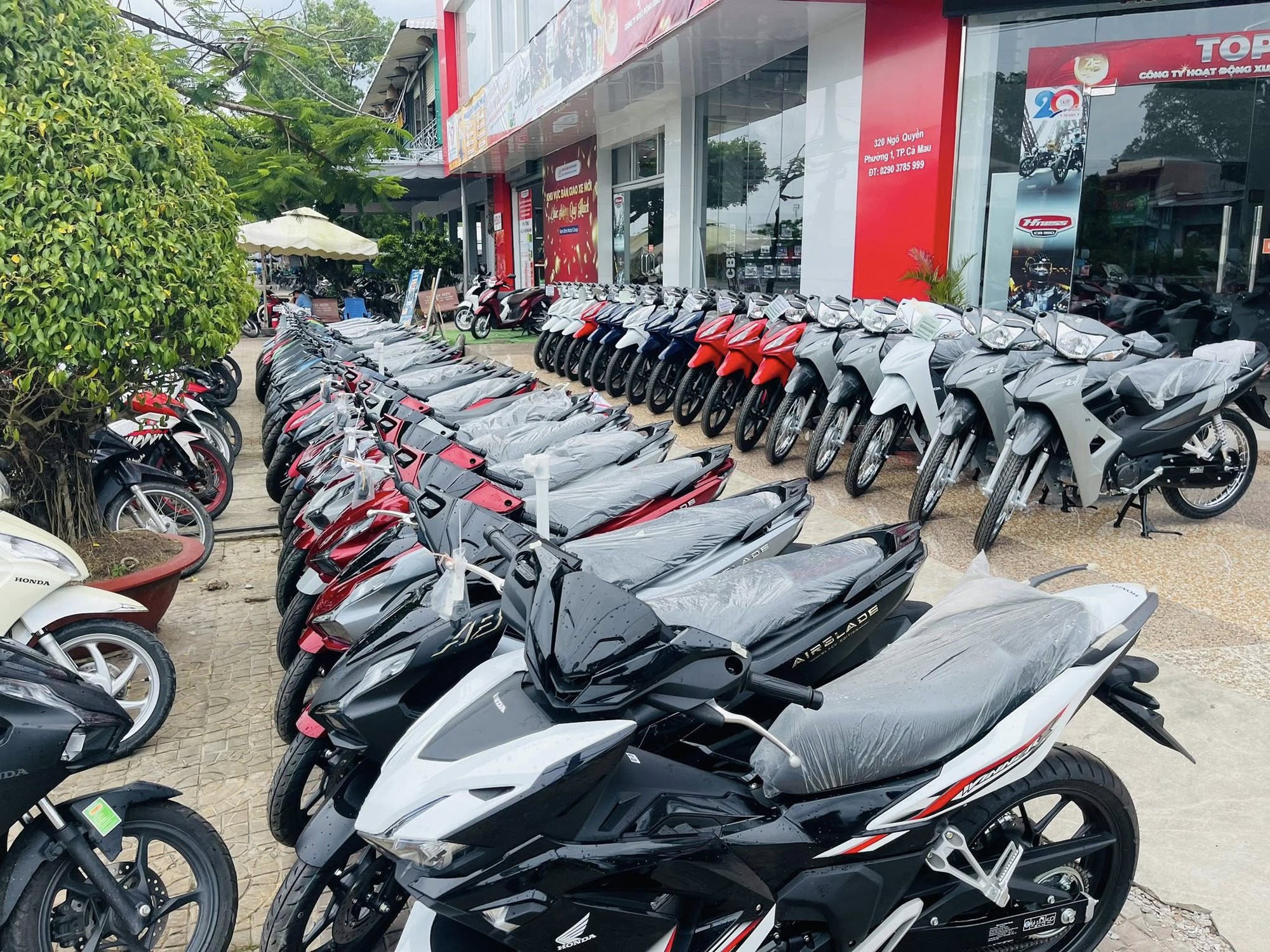
A motorcycle dealership may struggle to invest in an emission inspection system. Photo: Social Media
Secondly, this approach would be costly. Government agencies would need to implement measures to monitor these facilities. Even with a smaller number of automobiles, there have been many issues with automobile inspection garages. A manager in this industry even stated that there is no guarantee that workshops, motorcycle or automobile dealerships, or manufacturers would not take advantage of the inspection system to force users to repair or buy new vehicles to increase sales.
Thus, the equation of motorcycle emission inspections presents many challenges. Solving these issues requires significant costs and social resources.
Comment 5: If electric vehicles are optimal for the environment, why are countries like the US, Japan, and others indifferent to this technology?
This comment is not negative, and it raises a valid question.
We understand that electric vehicles have sparked a lot of environmental debates. Recently, some social media platforms quoted Toyota’s chairman as saying, “An electric vehicle pollutes more than three gasoline vehicles.” However, he was referring to Japan, where most electricity comes from coal-fired power plants.
On social media, I once said, “If we’re not careful about implementing electric vehicles, a clean house doesn’t necessarily mean a clean street, a clean street doesn’t necessarily mean a clean city, and a clean city doesn’t necessarily mean a clean country or planet.” This is because the environmental impact of using electric vehicles varies depending on the specific context. The most apparent benefit of electric vehicles is zero emissions at the point of use, meaning no emissions inside a house or alley. However, the difference arises when we centralize emissions treatment. If we don’t have measures to treat emissions at the national or international level, the rapid increase in electric vehicle usage will lead to serious environmental problems.
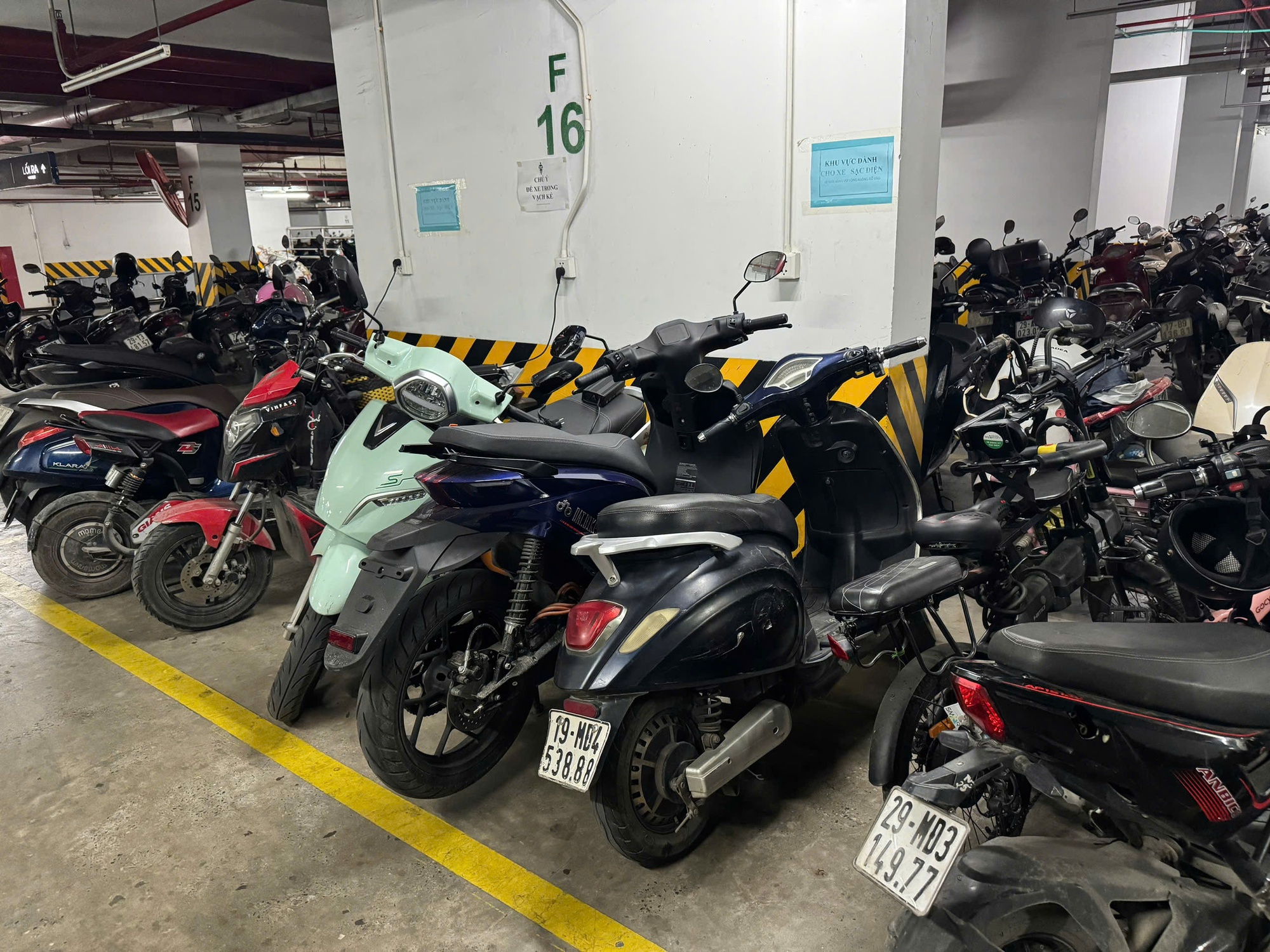
Electric vehicles are gradually becoming more popular among the public.
Next, in Europe and the US, energy is only a small part of the overall economic picture. A country with abundant oil and gas resources and effective environmental treatment methods has no reason to adopt electric vehicles.
By doing so, they would become dependent on third parties, compromising energy security and economic stability, leading to significant disruptions, as we are witnessing today. Conversely, countries without oil and gas resources have no choice but to opt for electric vehicles.
Another critical factor is that electricity is an intermediate form of energy. For example, some countries currently import natural gas to generate electricity, but political fluctuations may lead them to switch to coal-fired power plants. Countries in such situations would benefit significantly from the transition from gasoline to electric vehicles.
“VPBank Secures a Monumental $350 Million Agreement for Sustainable Growth.”
“VPBank joins forces with renowned global development institutions, SMBC, BII, EFA, FinDev Canada, and JICA, in a groundbreaking partnership. Together, they have secured a landmark loan, a pivotal step towards financing Vietnam’s sustainable and eco-friendly future. This collaboration marks a significant milestone in the country’s journey towards a greener tomorrow.”
Vietnam’s Public Debt Management: A Stellar Performance, Says World Bank
The World Bank’s report applauds Vietnam’s remarkable progress in enhancing its legal framework to effectively manage public debt. The country’s efforts to strengthen its debt management practices have been recognized, with its legal framework now serving as a solid foundation for sustainable debt management. Vietnam’s dedication to improving its financial systems is a testament to its commitment to economic stability and long-term growth.
“VPBank Secures $350 Million Loan to Boost Sustainability Efforts”
On July 29, 2025, VPBank (HOSE: VPB), one of the leading joint-stock commercial banks in Vietnam, announced the successful signing of a syndicated loan worth USD 350 million. This loan was made possible through a collaboration with Sumitomo Mitsui Banking Corporation (SMBC) and prominent development finance institutions (DFIs), including British International Investment (BII), Export Finance Australia (EFA), FinDev Canada, and the Japan International Cooperation Agency (JICA). SMBC acted as the coordinator and authorized co-lead arranger for this significant financing endeavor.
“Forex Trading Success: Eximbank’s Profits Soar to $1.488 Billion in H1 2025”
In the first half of 2025, Eximbank’s foreign exchange business soared, with an impressive net interest income of VND 364 billion, a 76% surge compared to the same period last year. The bank’s international payments business thrived, with a remarkable transaction volume of USD 3.9 billion.
Unlocking the Domestic Market’s Potential: A Strategy for Sustainable Growth in the Seafood Industry
The domestic market, with its vast purchasing power of over 100 million consumers, presents a strategic opportunity for Vietnam’s seafood industry to sustain stable and robust growth. By effectively tapping into this market, the industry can unlock a powerful solution to maintain its momentum and prosper.




























